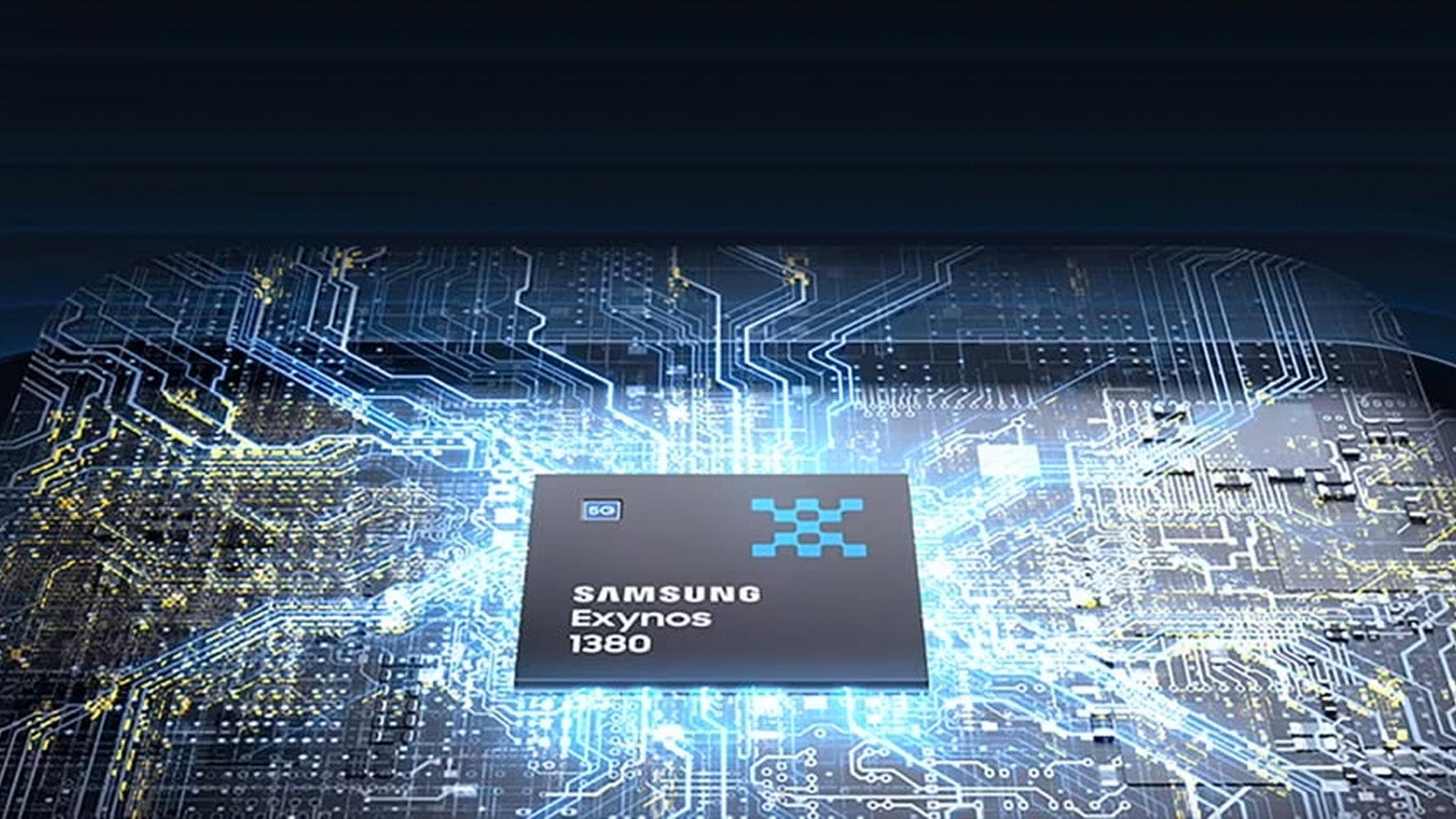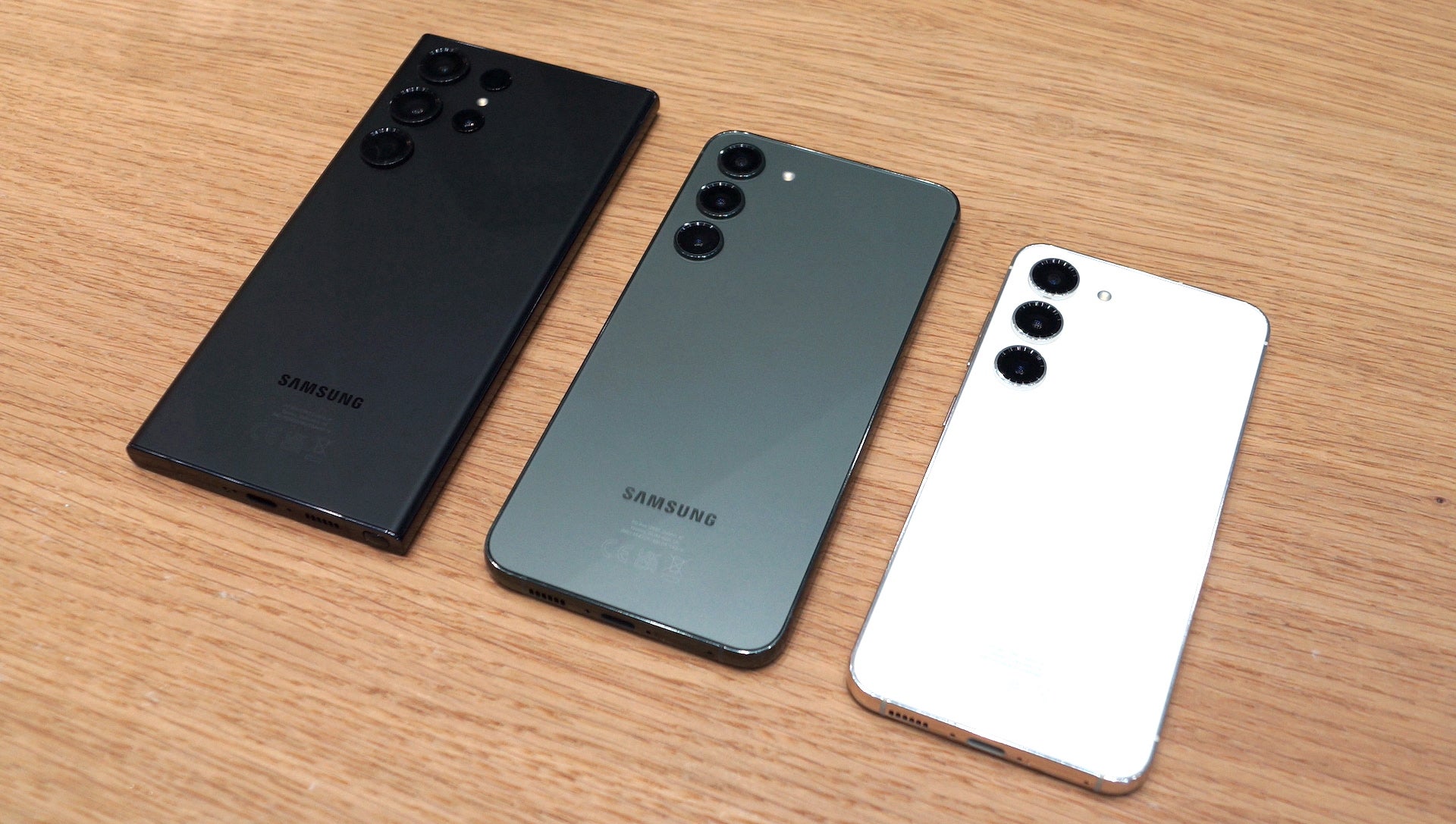What is OLED? A guide to the display technology
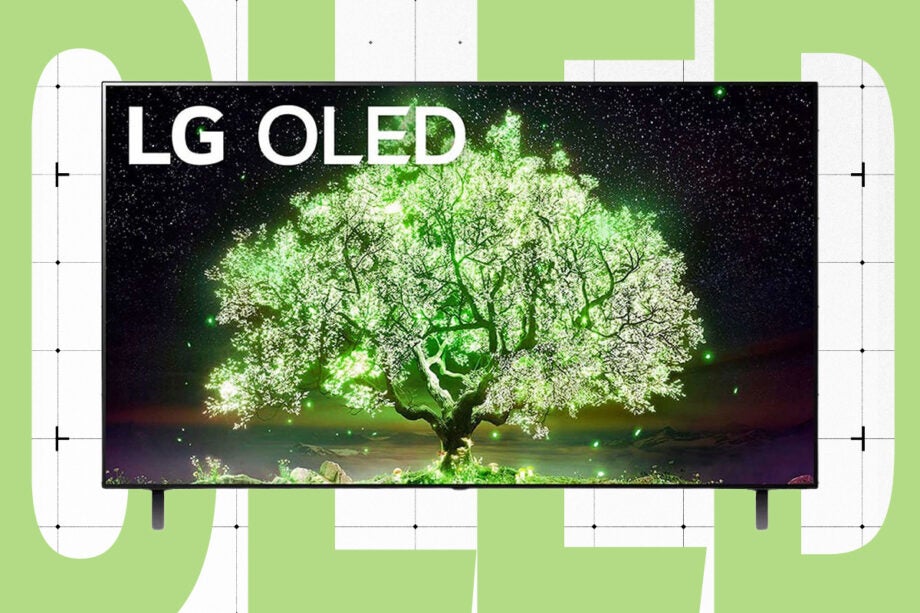
Heard about OLED but not sure what it means or why you should know about it? You’ve landed on the right page as we explain why OLED is the display of choice in so many products.
OLED in its various forms have grown in popularity over the last decade, featuring in TVs, game consoles and smartphones from some of the biggest brands in the tech industry.
Below we’ll explain what an OLED display is, what makes it better than the alternatives, as well as consider some of its disadvantages that you should know about.
What is OLED?
OLED stands for organic light-emitting diode. For those unaware, a light-emitting diode is a light source, and they’re used widely in electronics.
What makes OLED different from LED is the organic part. In an organic diode, there’s a thin film of organic compound that emits light when an electrical current is passed through it.
Manufacturers take this organic semiconducting material and place it between two electrodes, which provides the current. Usually, one of these electrodes is transparent, so the light that is generated can escape and be viewed by you on the display.
Where can I find OLED displays?
OLED has a wide range of uses. You’ll find it in flexible and transparent displays, to TVs, smartphones, laptops, smartwatches and handheld game consoles.
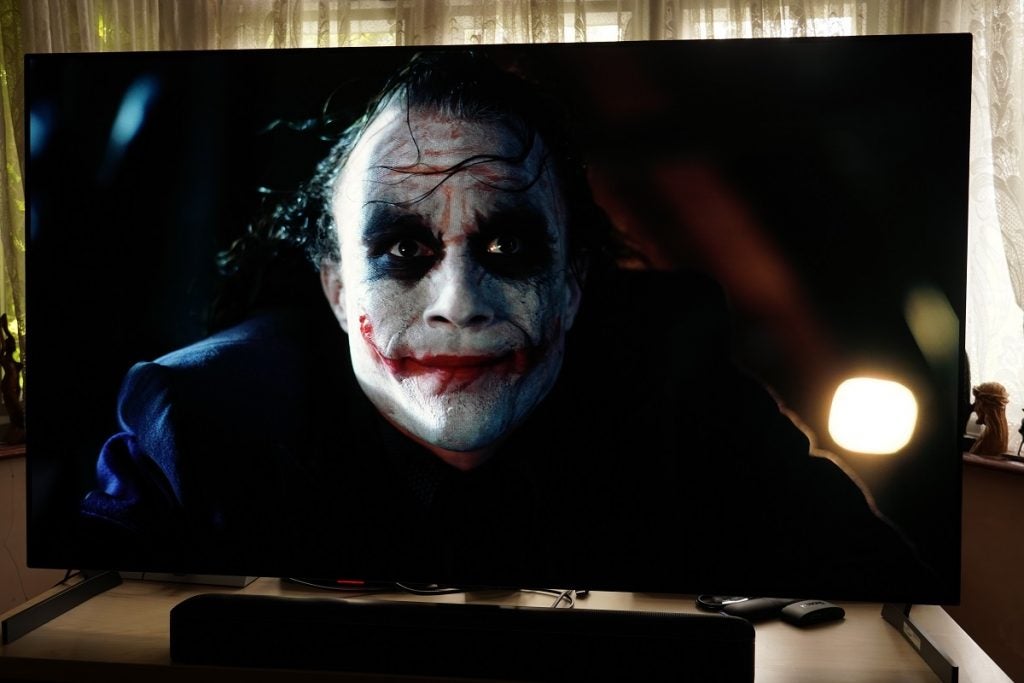
OLED TVs have been around since 2015 with LG leading the way. They are the biggest producers of OLED panels for TVs, every single screen in a Panasonic, Sony, Hisense, Philips and Samsung OLED will have been sourced from LG. QD-OLED is the new kid on the block and those panels will compete with traditional WRGB OLED screens. They’re made by Samsung Display and will be available in 2022.
With mobile devices AMOLED is used the most. AMOLED uses OLED pixels that have thin strips of thin-film-transistors behind them. This layer helps the electric current move quicker, creating a more reactive display that’s good for fast moving applications such as video and gaming. Even tiny devices like the Apple Watch Series have AMOLED displays that can hit 1000 nits of peak brightness.
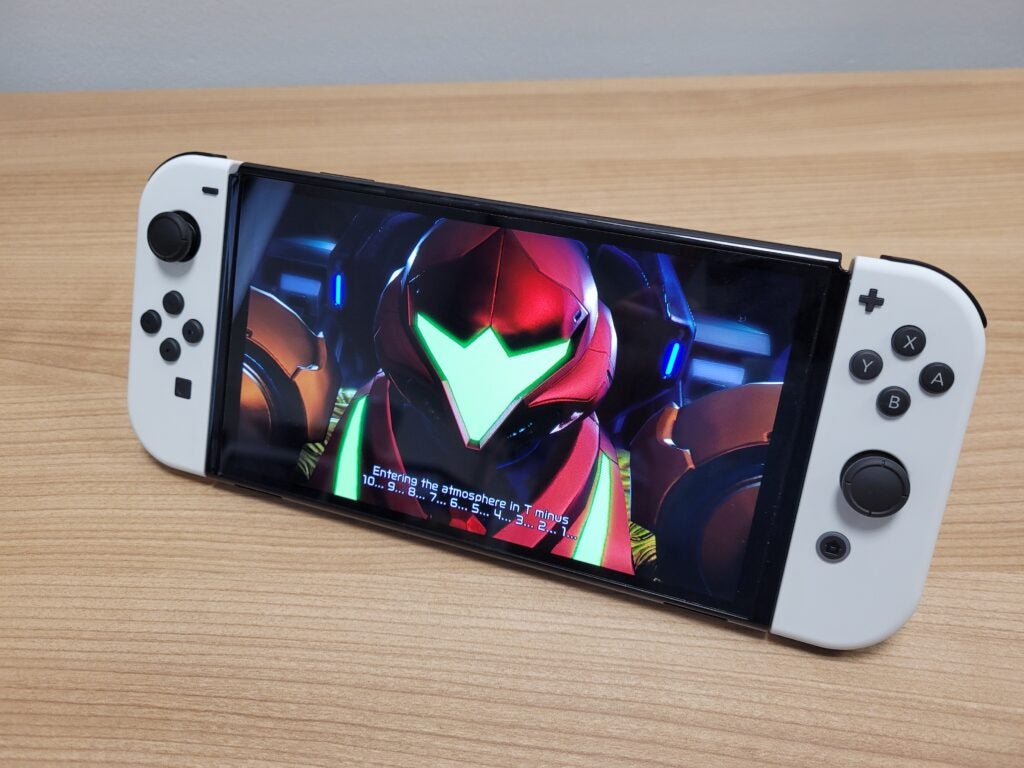
The PlayStation Vita had an OLED screen back in a day (and a very nice one too), while the Nintendo Switch OLED has taken on the reins with its latest iteration. Apple’s iPhones has shifted over to OLED, and you’ll find them across most Android smartphones. Laptops are featuring the display, such as the Dell XPS 13 OLED and a few Lenovo models.
As you can see, things have changed a lot and now there are plenty of options if you want an OLED screen.
What makes OLED so good?
In the past, smartphones and televisions predominantly used a type of display called LCD, which stands for liquid-crystal display (you can read more about them here). These liquid crystals don’t emit light directly, as they require a backlight to shine through them to create that light.
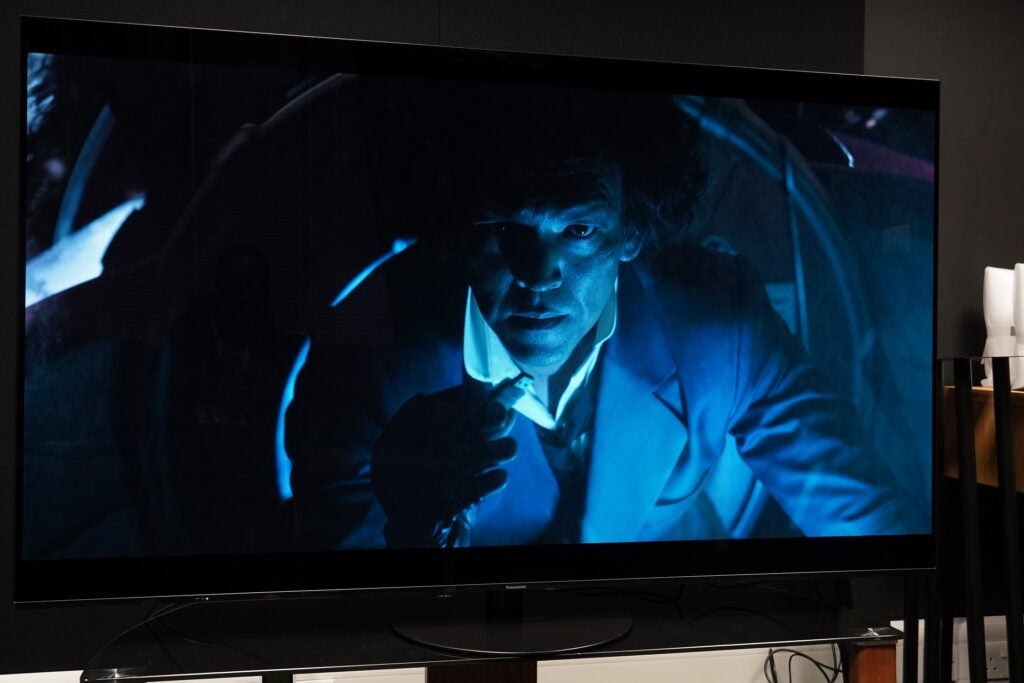
The key advantage of OLED is that the screen is self-emissive – as in it emits its own light. No backlight is needed, and one of the advantages of this is that it results in a slimmer display. This works for smartphones, laptops and TVs as the design is thinner and not as bulky, although that’s not always the case for TVs because the speakers and processors have to go somewhere.
Other advantages include perfect blacks. LCD screens with their backlight find it difficult to show true black levels because the backlight is always on, leading to leakage of light to the screen. As an OLED screen can dim its screen on a pixel-by-pixel basis, it’s able to turn on or off every pixel. If it needs to display black in an area, it can switch it off to stop light from being emitted.
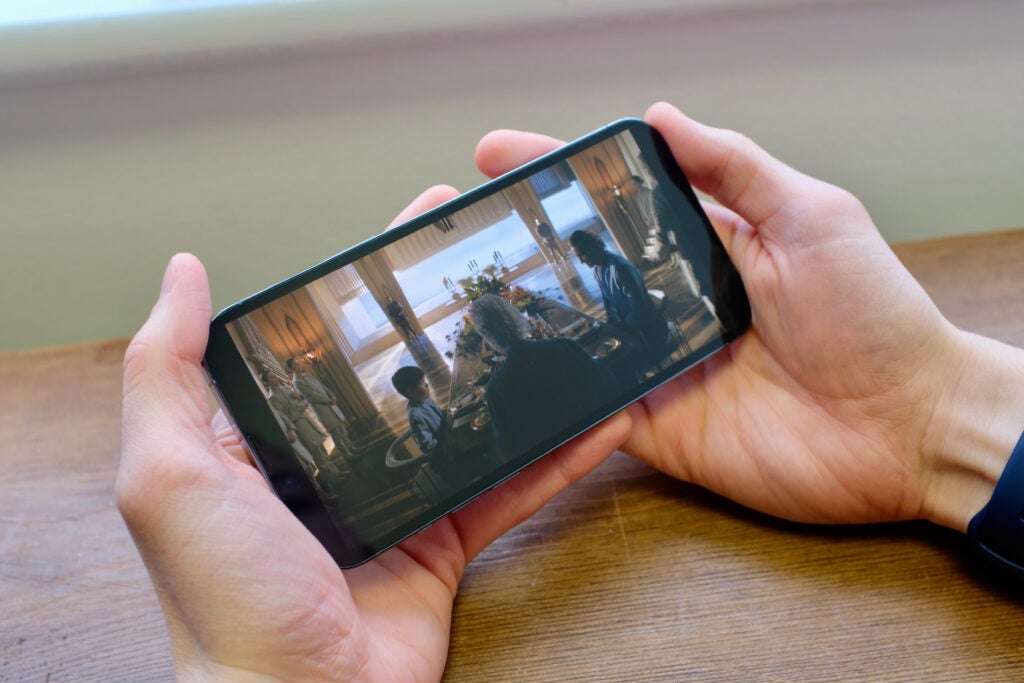
Perfect blacks also allow for infinite contrast, so the difference between the darkest and brightest parts of the image is higher than what any other display is capable of. This makes for richer, more dynamic image and is great if you watch lots of films.
OLED is capable of much wider angles because of its self-emissive screen, so if you’re watching on a TV, you can sit more to the sides and get the same colour performance and level of contrast as you would if you were sitting in front of it. Whereas with LCD/LED TVs, moving too far to the side can lead to a reduction in contrast, washed-out colours and blooming (that’s the ring of light around bright objects).
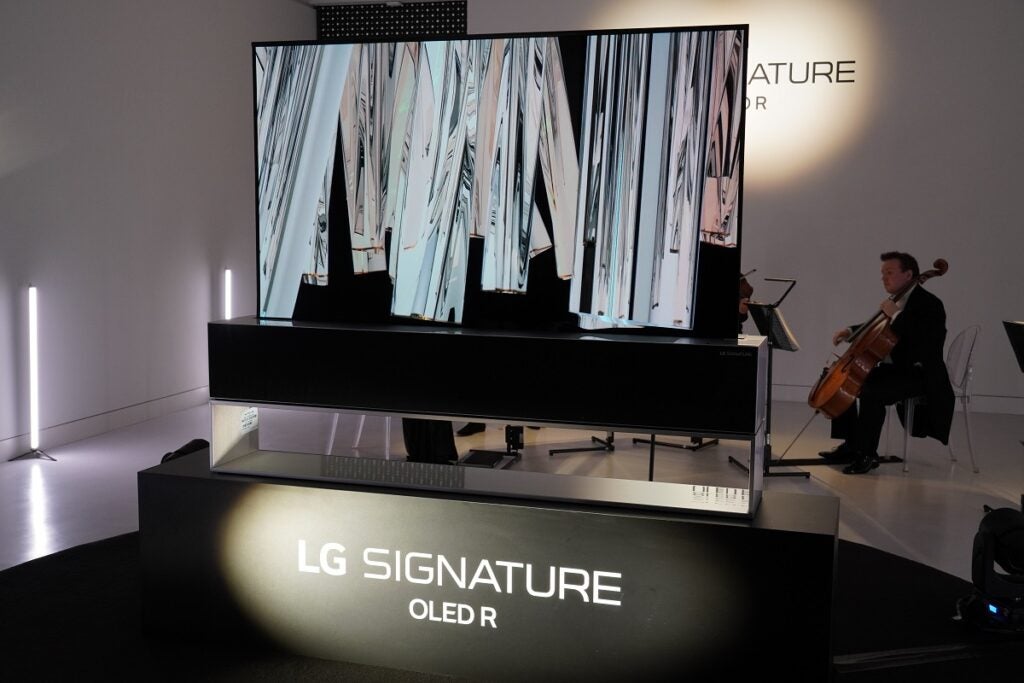
As a material OLED is more flexible than LCD or LED, and this extends the number of uses for it. You can get curved and rollable OLED displays, such as the LG OLED R rollable TV; and you’ll see flexible displays in mobile devices with the increasing popularity of foldable phones and tablets such as the Microsoft Surface Duo and Samsung Galaxy Z Fold3, both of which use flexible AMOLED (Active-Matrix Organic Light Emitting Diode) display. Transparent OLEDs screens are making the mark, so you can both see the screen and see through it.
Energy consumption is also less hungry as result of not needing a backlight to produce light. That makes them a good choice for smaller devices as they can last for a little longer than their LCD-based equivalents. However, higher resolution OLED screens can reduce battery life because of the extra number of pixels causes a drain on the battery.
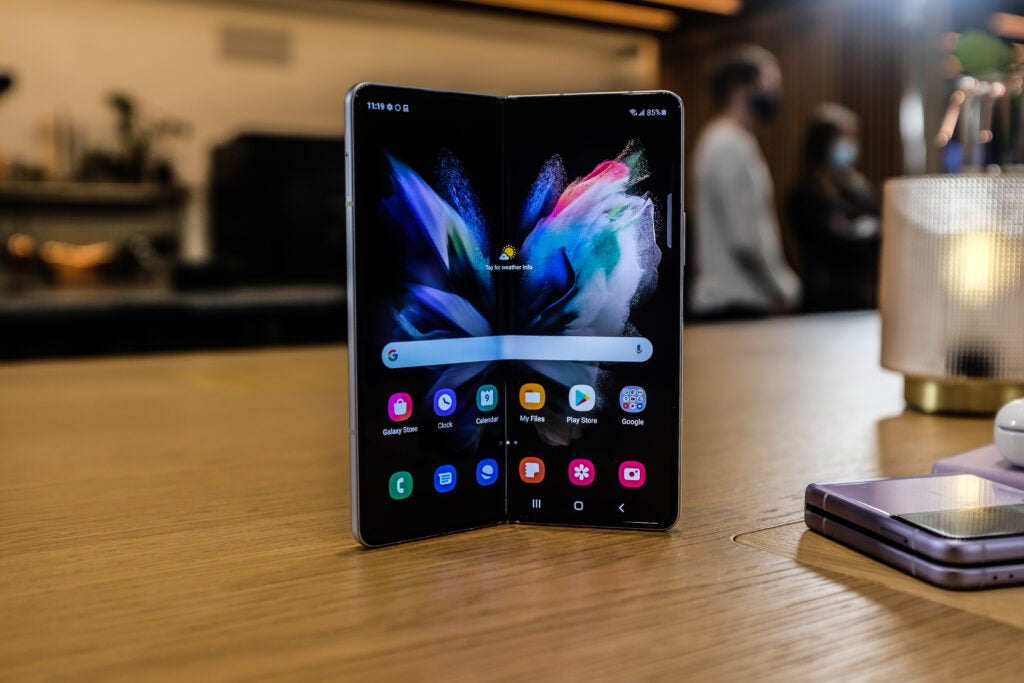
What are the disadvantages of OLED?
In the TV world, OLEDs can’t go as bright as LCDs. There are advantages and disadvantages to both display technologies, but the comparative lack of brightness means that LCD LED TVs (such as QLED and Mini LED) can produce a punchier, brighter and vibrant HDR performance. OLED can reach close to 1000 nits of luminance for HDR content, but to get that level of performance, you’ll need to shell out a fair amount of dosh.
There’s a new form of OLED in QD-OLED that will be able to achieve higher peak luminance levels and even better viewing angles, more accurate colours and better HDR performance. Sony and Samsung will be launching QD-OLED TVs in 2022, and you can read more about them in this explainer.

OLED also suffers from an issue called imaged retention, and a more severe problem called burn-in. This concerns images with static elements – logos, news tickers – parts of an image that are either displayed continuously over long and extended periods of time or images that are repeated over and over. This creates a residual image – a ghost image as it were – that’s either temporary (image retention) or more permanent (burn-in).
With normal use image retention should not be an issue. It’s only when an OLED TV is used out of its normal parameters does it become a potential problem. Manufacturers have implemented solutions to help keep image retention/burn-in at bay, such as pixel shifting (which moves the pixels on the screen), employing screensavers and reducing the brightness in areas of the screen where logos and static elements are detected.
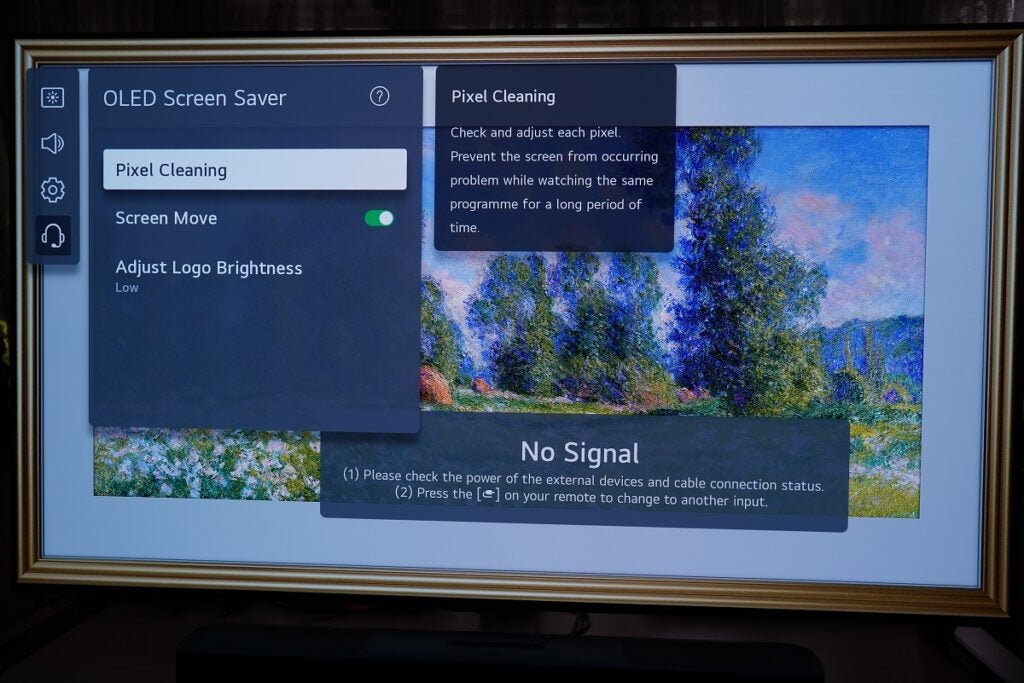
Use an OLED display as you normally would, and the probability of image retention should be remote. However, other types of display such as LCD LED are free from this problem.
Another disadvantage is that OLED displays don’t last as long as others. As OLED uses organic material, they degrade over time, causing the picture performance to deteriorate (colour balance will change over time). There’s no need to worry about this in the short-term, as it should take many, many years.
Water can damage OLED screens, something which will affect mobile devices, so you’ll want to keep an AMOLED screen away from any water (and preferably in a case).
OLEDs in the past have been more expensive to produce, although this has changed over time. While not inexpensive to make, it is still a relatively pricey process. Despite that, OLED has reached a point where you can get a TV for less than £700, and a phone for less than £199, which is a far cry from where we were a few years ago and shows how it is become more affordable and less complex to produce.
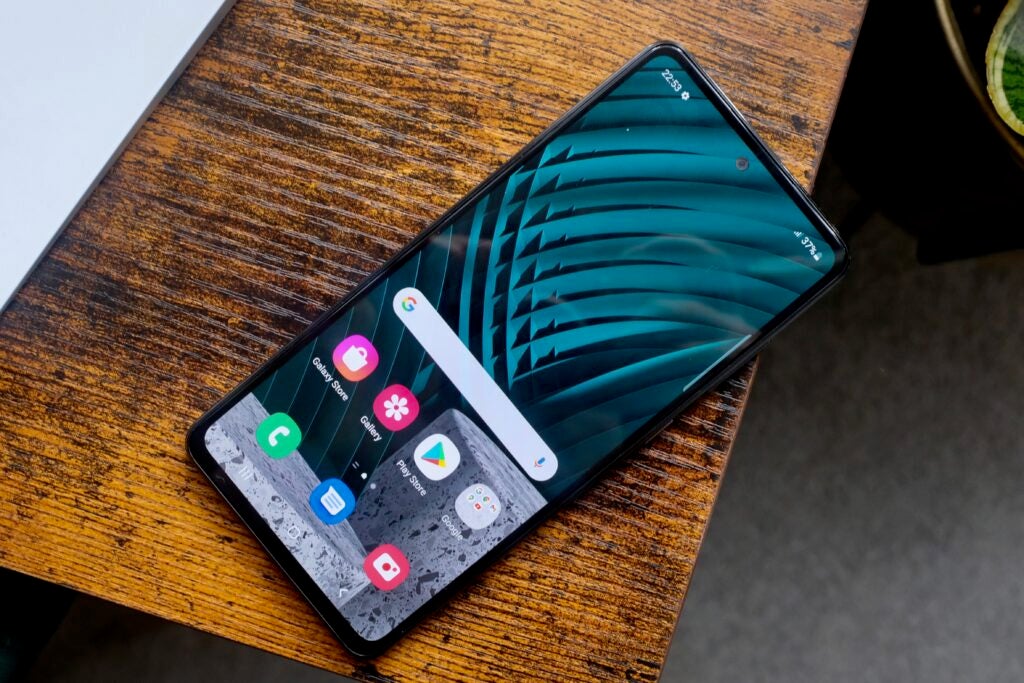
One final con is that it can be affected by sunlight or bright light. OLED works best in low-light conditions, bright lights shining directly on screen can affect contrast of the screen. Samsung’s Super AMOLED has made steps forward in this regard, deflecting sunlight so the screen can be easier to read when faced with direct sunlight.
Should you buy an OLED display?
The pros of OLED, in our view, outweigh the cons. It is improving and getting more affordable at the same time. The contrast and black level performance is superior to any other display (though QD-OLED will have something to say about that), the result is a rich, impactful performance.
Their fast refresh rates make them excellent for gaming, and that also allows to be more fluid with handling motion, so you get less motion blur and fewer artifacts such as judder and stutter from sports like you can get with LCD LED.
There are disadvantages, the lack of brightness relative to LCD displays as well as image retention and deterioration. The former is less likely to be an issue with general use and the latter will occur over a lengthy period of time.
There is less to worry about OLED’s issues than there were a few years back, and right now the screen tech offers some of the best images possible. It’s worth investing in an OLED display whether it’s a TV, mobile device or gaming device. OLED is here to stay and the future looks to be getting brighter. Quite literally.


